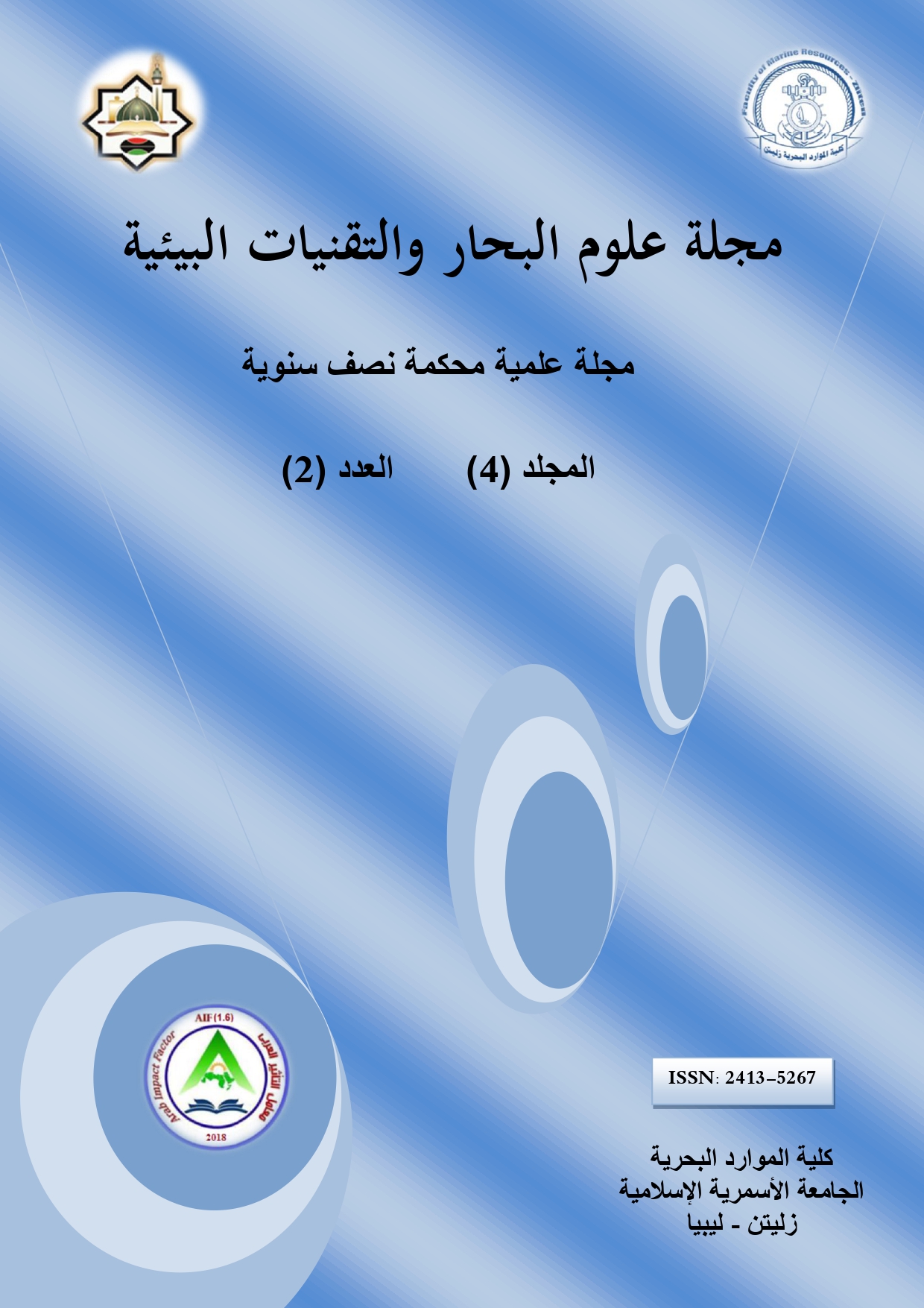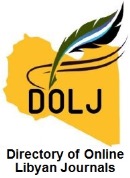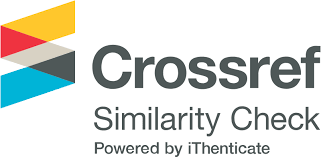تأثير نوع العبوة على بعض الدلائل الكيميائية لزيت مخلفات اسماك الكارب Cyprinus carpio المستخلص بالأشعة تحت الحمراء
DOI:
https://doi.org/10.59743/jmset.v4i2.79الكلمات المفتاحية:
الأشعة تحت الحمراء، PV، FFA، TBA، زيوت الأسماك، الثباتيةالملخص
استخلص زيت مخلفات سمك الكارب الاعتيادي (Common Carp (Cyprinus carpio بواسطة جهاز يعمل بالأشعة تحت الحمراء والمصنع محليا واستخدام هذه التقنية يعتبر لأول مرة على النطاق المحلي إذ لا توجد دراسات سابقة قبلها. وقد تميز هذا الجهاز بكونه اقتصاديا في استهلاكه للطاقة الكهربائية اذ يستهلك قدرة مقدارها 130-250 واط. كما أن الهدف من هذه الدراسة هو معرفة تأثير نوع العبوة (شفافة، معتمة) على بعض الدلائل الكيميائية للنوعية وهي (رقم البيروكسيدPV، نسبة الأحماض الدهنية الحرة FFA وقيمة حامض الثايوباربتيورك TBA) لزيت مخلفات الأسماك المستخلص بتقنية الأشعة تحت الحمراء والمحفوظ بعبوات عند درجة حرارة الغرفة (28-32oم). أظهرت النتائج ان اعلى قيم لرقم البيروكسيد، الاحماض الدهنية الحرة، وحامض الثايوباربتيوريك هي 16.5، 5.30 مليمكافئ/كجم زيت، 0.94 %، 0.66%; و22.05، 11.17 مجم مالونديهايد/كجم زيت للعبوتين (شفافة، معتمة) على التوالي بعد مرور 45 يوم من التخزين. وأن قيم الثوابت في فترة التخزين لمدة 30 يوم للعبوة المعتمة تعتبر مقبولة إذ بلغت قيمة البروكسيد 3.55 مليمكافئ/كجم زيت والاحماض الدهنية الحرة، وحامض الثايوباربتيوريك بلغت 0.43%، 9.63 مجم مالونديهايد /كجم زيت وعلى العكس منها بالنسبة للعبوات الشفافة، اما في فترة التخزين 45 يوم فتعتبر تالفة لارتفاع قيم تلك الدلائل الكيميائية. أظهرت نتائج التحليل الأحصائي وجود فروق معنوية (p<0.05) لفترة الخزن ونوع العبوة والتداخل بين فترة الخزن ونوع العبوة لكل منPV، FFA ،TBA .
التنزيلات
المراجع
قائمة المراجع باللغة العربية
الرقيعي، ابراهيم محمد (2011). الزيوت السمكية. العلوم والتقنية، 25(99): 4- 7.
الحلفي، أسعد رحمان (2017). هندسة تصنيع الاغذية بالأشعة تحت الحمراء. نور للنشر، شركة الخدمات الوطنية لتسويق الكتب المحدودة. مورشيوس.
الطائي، منير عبود جاسم (1987). تكنولوجيا اللحوم والأسماك. مطبعة دار الكتب، جامعة البصرة, العراق.
الطائي، منير عبود جاسم (2005). منتجات غذائية وصناعية ودوائية محضرة من الاسماك والروبيان ومخلفاتها. مجلة وادي الرافدين لعلوم البحار, 20 (1):157-170.
المطوري, أثير عبد الامير عبد الجبار (2018). تصميم جهاز لاستخلاص زيت مخلفات الاسماك يعمل بالأشعة تحت الحمراء ودراسة صفات وخواص الزيت الناتج. رسالة ماجستير، قسم علوم الاغذية، كلية الزراعة، جامعة البصرة.
جاسم، منير عبود؛ جابر، ام البشر حميد وغضبان، امال كاظم (1995). دراسة تأثير نوع العبوة ودرجة الحرارة على خواص الدهن والزيت. المجلة العلمية لجامعة تكريت-العلوم الصرفة والزراعية، 2(1): 86-77.
قائمة المراجع باللغة الإنجليزية
Aidos I. (2002). Production of high-quality fish oil from herring byproducts. Ph.D. Thesis, Wageningen Univesity, The Netherlands.
Aidos I., Padt A.V.D., Boom R.M., and Luten J.B. (2001). Upgrading of Maatejs herring byproduct: Production of crude fish oil. J. Agric. Food Chem., 49(8): 3697-3704.
Arnesen J.A., and Gildberg A. (2007). Extraction and characterization of gelatin from Atlantic salmon (Salmo salar) skin. Bioresource Technology, 98(1): 53-57.
Babbit K.J. (1990). Intrinsic quality and species of north pacific fish in making profits out of seafood wastes. In: Proceedings of the International Conference on Fish by Products. Keller, S. (ed.), 25–27 April 1990. University of Alaska Sea Grant. Fairbanks, AK, USA, pp: 39–43.
Bhaskar N., Sathisha A.D., Sachindra N.M., Sakhare P.Z., and Mahendrakar N.S. (2007). Effect of acid ensiling on the stability of visceral waste proteases of Indian major Carp Labeo rohita. Journal of Aquatic Food Product Technology, 16(1):73-86
Boran G., Karacan H., and Boran M. (2006). Changes in quality of fish oils due to storage temperature and time. Food Chemistry, 98(4): 693–698.
Conner W.E. (1997). The beneficial effects of omega-3 fatty acids: Cadrdiovascular disease and neuro development. Curr. Opin. Lipidol., 8(1): 1–3.
Egan H., Kirk R.S., and Sawyer R. (1988). Pearson's chemical analysis of foods. 8th ed., Longman Scientific Technical. The Bath Press, UK.
Ghaly A.E., Ramakrishnan V.V., Brooks M.S., Budge S.M., and Dave D. (2013). Fish processing wastes as a potential source of proteins, amino acids and oils: A critical review. J. Microb. Biochem. Technol., 5(4):107-129.
Gildberg A. (2001). Utilization of male arctic capelin and Atlantic cod intestines for fish sauce production-Evaluation of fermentation conditions. Bioresource Technology, 76(2): 119–123.
Haard N.F. (1992). Technological aspects of extending prome quality of seafood : A review. Journal of Aquatic Food Product Technology, 1(3-4): 9-27.
Hamilton R.J. (1994). The chemistry of rancidity in foods. In: Rancidity in foods. Allen J. C. and Hamilton R.J. (eds.). Blackie Academic and Professional, Glasgow.
Kelleher S.D. (2001). Characteristics and storage stability of Atlantic Hagfish. Journal of Aquatic food product Technology, 10(4):101-118.
Kim S.K.(2014). Seafood processing by-products: Trends and applications. Springer-Verlag New York, Springer Science+Business Media, New York.
Kristinsson H.G., and Rasco B.A. (2000). Biochemical and functional properties of Atlantic salmon (Salmo salar) muscle proteins hydrolyzed with various alkaline proteases. J. Agric. Food Chem., 48(3): 657–666.
Kusharto C.M., Srimiati M., Tanziha I., and Suseno S.H. (2015). The effect of addition vitamin E on Catfish oil stability. Journal of Fishery Products Processing Indonesia, 18(3): 321-328
Maroon J.C., and Bost J.W. (2006). Omega-3 fatty acids (fish oil) as an anti-inflammatory: An alternative to nonsteroidal anti-inflammatory drugs for discogenic pain. Surgical Neurology, 65(4): 326-331.
Martin R.E., Gray R.J. H., and Pierson M.D. (1978). Quality assessment of fresh fish and the role of the naturally occurring microflora. Food Technology, 32(5): 188-193.
Nowak D., and Lewicki P.P. (2004). Infrared drying of apple slices. Innovative Food Science and Emerging Technologies, 5(3): 353-360.
Pak C.S. (2005). Stability and quality of fish oil during typical domestic application. Final Project, Fisheries Training Programme, The United Nations University, Reykjavik, Iceland.
Pan Z., and Atungulu G.G. (2011). Infrared heating for food and agricultural processing. CRC Press, USA.
Pawar S.B., and Pratape V.M. (2015). Fundamentals of infrared heating and its application in drying of food materials: A review. Journal of Food Process Engineering, 40(1): 1-15.
Riadh M.H., Binti Ahmad S.A., Marhaban M.H., and Soh A.C. (2015). Infrared heating in food drying: An overview. Drying Technology, 33(3): 322–335.
Rossell J.B. (1994). Measurement of rancidity. In: Rancidity in foods. Allen, J.C. and Hamilton R. J. (eds.), Blackie Academic and Professional, Glasgow.
Rustad T. (2003). Utilization of marine by products. Electron. J. Environ. Agric. Food Chem., 2(4): 458–463.
Sakai N., and Hanzawa T. (1994). Infrared heating for food and agricultural processing. Trends in Food Science and Technology, 5: 357–362.
Schenker S., Heinemann C., Huber M., Pompizzi R., Perren R., and Escher R. (2002). Impact of roasting conditions on the formation of aroma compounds in coffee beans, Journal of Food Science, 67(1): 60 - 66 .
Skjöldebrand C. (2001). Infrared heating. In: Thermal technologies in food processing. Richardson, P. (ed.), Cambridge, England: Woodhead Publishing Limited. pp:493–525.
Suseno S.H., Jacob A.M., and Emawatii S.(2017). Effect of various storage temperature on stability of refined Sardine (Sardinell sp.) oil capsule. World Journal of Fish and Marine Sciences, 9(1): 1-8.
Ukekpe U., Gashua I.B., and Okoye U.J. (2014). Evaluation of rancidity rate of oil in selected fish species harvested from Hadejia- Nguru wetlands Nigeria. Int. J. Curr. Microbiol. App .Sci., 3(11): 122-128.
Weaver B.J., and Holub B.J. (1988). Health effects and metabolism of dietary eicosapentaenoic acid. Prog. Food Nutr. Sci., 12(2): 111–150.
التنزيلات
منشور
إصدار
القسم
الرخصة
الحقوق الفكرية (c) 2018 مجلة علوم البحار والتقنيات البيئية

هذا العمل مرخص بموجب Creative Commons Attribution 4.0 International License.












